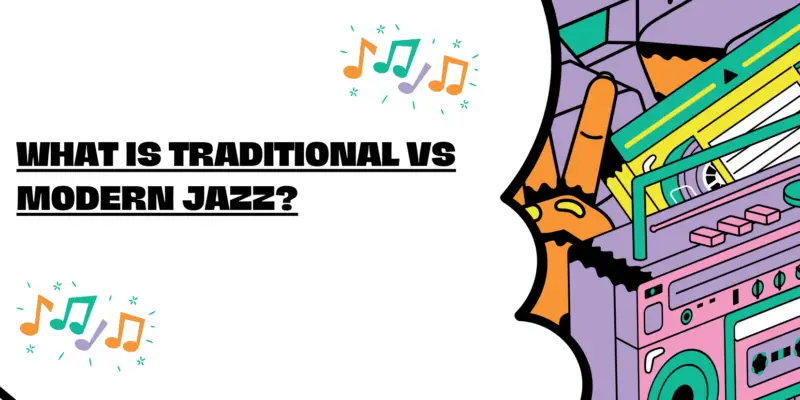Jazz, often regarded as one of America’s most distinctive and influential art forms, has a diverse and evolving history that spans over a century. Within this vibrant musical landscape, two broad categories emerge: traditional jazz and modern jazz. These categories represent different periods, styles, and approaches within the jazz genre. In this article, we’ll explore the key characteristics that distinguish traditional jazz from modern jazz and shed light on how each has contributed to the rich tapestry of jazz music.
Traditional Jazz
Traditional jazz, also known as Dixieland or New Orleans jazz, represents the earliest form of jazz that emerged in the late 19th and early 20th centuries. It is characterized by the following key features:
- New Orleans Roots: Traditional jazz was born in the culturally diverse city of New Orleans, where African, European, Caribbean, and Creole musical traditions converged. This melting pot of influences gave birth to the rhythmic and improvisational elements that define traditional jazz.
- Instrumentation: Traditional jazz typically employs a small ensemble of instruments, including trumpet or cornet, clarinet, trombone, piano, double bass or tuba, and drums. This instrumentation is often referred to as a “front line” and provides a clear and collective sound.
- Collective Improvisation: In traditional jazz, musicians often engage in collective improvisation, where multiple instruments contribute to a spontaneous musical conversation. This creates a joyful and celebratory atmosphere, perfect for dance and communal enjoyment.
- Upbeat and Swinging: Traditional jazz is characterized by its lively and upbeat tempo, making it highly danceable. The swinging rhythm and joyful melodies encourage audiences to tap their feet and move to the music.
- Repertoire: Traditional jazz draws from a repertoire of standards and well-known tunes, including blues, hymns, and popular songs of the era. These tunes are often played with a distinct Dixieland flair, featuring solos and ensemble playing.
- Prominent Musicians: Early pioneers of traditional jazz include King Oliver, Louis Armstrong, and Jelly Roll Morton, whose contributions laid the foundation for the genre.
Modern Jazz
Modern jazz, also referred to as contemporary jazz, emerged in the mid-20th century as a departure from traditional jazz. It is characterized by the following key features:
- Harmonic Complexity: Modern jazz introduced complex harmonic structures, extended chord progressions, and unconventional chord voicings. Musicians often explore dissonance and ambiguity in their compositions and improvisations.
- Instrumentation: While modern jazz can feature small ensembles similar to traditional jazz, it is also open to larger orchestras and a wider range of instruments. The use of electric instruments, synthesizers, and unconventional timbres is common in modern jazz.
- Individualism and Solo Expression: Modern jazz places a strong emphasis on individual expression and virtuosic soloing. Musicians are encouraged to push the boundaries of their instruments and explore innovative techniques during improvisation.
- Avant-Garde and Experimental Elements: Some subgenres of modern jazz, such as free jazz and fusion, embrace avant-garde and experimental approaches. Musicians may forgo traditional structures and explore unconventional sounds and forms.
- Genre Fusion: Modern jazz frequently fuses with other musical genres, including rock, funk, world music, and electronic music. This fusion results in a diverse and eclectic range of sounds within the modern jazz umbrella.
- Prominent Musicians: Modern jazz has been shaped by influential artists such as Miles Davis, John Coltrane, Herbie Hancock, and Chick Corea, who have pushed the boundaries of the genre and explored new musical frontiers.
Conclusion
Traditional jazz and modern jazz represent distinct eras and approaches within the broader jazz genre. While traditional jazz reflects the joyful and communal spirit of New Orleans and the early roots of jazz, modern jazz has evolved to embrace complexity, individualism, experimentation, and fusion with other musical styles. Both traditional and modern jazz have made significant contributions to the world of music, and their coexistence showcases the genre’s adaptability and enduring appeal. Whether you gravitate toward the toe-tapping rhythms of traditional jazz or the innovative sounds of modern jazz, both offer a vibrant and enriching listening experience.


